A player will not want to buy game items or resources unless they begin to understand what their value is. How can this be achieved?
Note. This is a translation of an article by English developer Will Wilson. The term object/thing (item) is often used in the text. In relation to the economic model, it should be understood as broadly as possible: weapons, maps, and even game characters can act as objects if the economy of the game is built around them.

Wil Wilson
Suppose I have a certain object worth a hundred dollars – let’s call it, for example, Hofflam. And now I’m ready to give you my Goflam for just two bucks! Great price, right? Actually, no, because you don’t know what kind of Hofflam it is at all. No matter what discount I give you, you won’t buy something that doesn’t mean anything to you. If it doesn’t mean anything, then it doesn’t cost anything.
Everything you have in the game, from assets with beautiful animation to a thoughtful balance of characteristics that you have been poring over for months, has no value for the players who launched this game for the first time. If you want to add value to them, make sure that the game cycle and design are configured for this, not to mention the UI/UX.
Players should realize the value of game items as quickly and painlessly as possible. Here are the main factors to focus on:
- benefit;
- exclusivity;
- recognition;
- uniqueness.
Ensure that in-game items and resources meet at least one, or preferably several, of these criteria, and your game will have a solid foundation for an economic model.
1. USE
The easiest way to add value to a thing is to show how it can be useful. Not only to describe the functionality of this thing dryly, but to let the players understand how and for what it can be used. First of all, take care of how to demonstrate its capabilities profitably.
Of course, you can just show how the thing pumps the indicators. There are some players who like to watch the constant growth of attributes (clickers have a fan base for a reason). But it will be much more effective to show that the item really changes something in the game.
For example, you can make an undesirable outcome turn into a desired one. This happens in CSR Racing 1 and 2 with an upgrade system. The game forces beginners to lose the race in the first session to explain the concept of upgrades to them. After a lost race, the player pumps his car – thanks to this, he understands that upgrades are necessary to overcome difficult levels, and perceives the initial defeat (undesirable outcome) as a kind of victory (desired outcome).

CSR Racing takes a serious risk when it forces a player to lose in the first session. But at the same time, this is how the game demonstrates the importance of upgrades.
It was a simple example, and now let’s look at something more complex. Take a role—playing game with additional pumping systems – with runes, for example.
Again: our task is to ensure that the player understands as much as possible how to create a strong character or a good item. To do this, it is not necessary to arrange a long tutorial or poke question marks with explanations everywhere, which the player will have to click on.
Sometimes other players help players realize the value of items best. For example, in Summoner’s War, each game character has its own forum board on which users can read other people’s advice. This allows inexperienced players to quickly understand how to play a particular character and which runes need to be collected for leveling.

Summoner’s War has a full-fledged tutorial, but there are also boards for discussing each character, where “real people” write (that is, not developers).
Also decide on how the use of items changes over time. For an excellent economic model, it is necessary that they can always benefit the players.
See how the Team Building mode (Squad Builder) works in FIFA Ultimate Team. Cards of football players of the lowest, bronze rank are good for the first couple of hours of gameplay. And what is the use of them when a player collects stars for two or three compositions?
Instead of littering the player’s collection with unnecessary cards, the game allows you to exchange sets of weak cards for stronger and rarer ones. So even when a player already has a good squad, he still has the motivation to collect cards of various rarities in order to use them to develop his team.
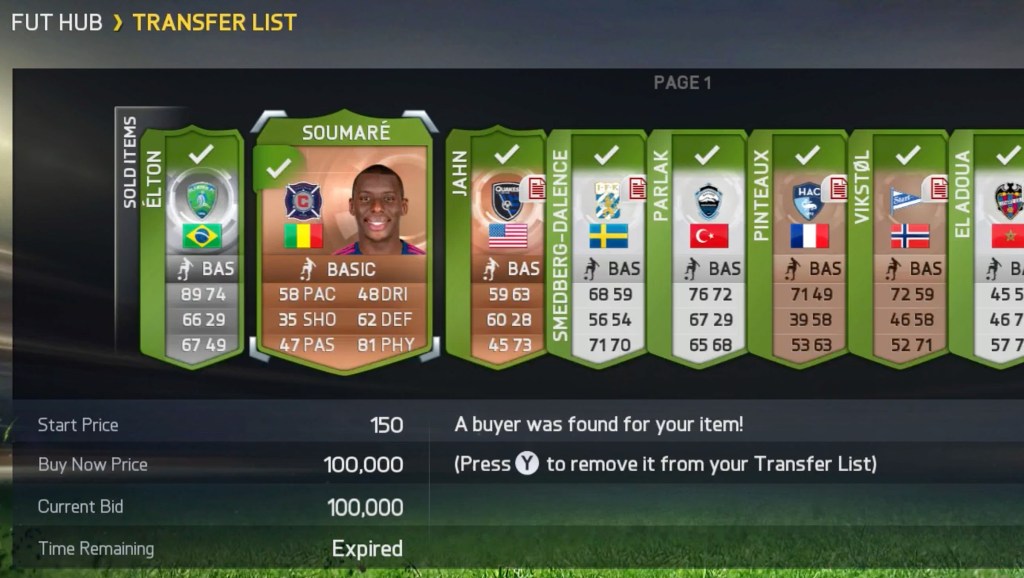
By making sure that weak cards can always be used for team development, FIFA’s Ultimate team provides demand for cards that would otherwise be useless to players. And at the same time, this mechanic poses an interesting task for players to collect sets.
A more traditional way to provide utility to weak cards or items is the classic mechanics of sacrifice, as, for example, in Puzzles & Dragons, where one monster can be fed to another so that he gets a bonus to XP. But since the requirements for increasing the level are growing all the time, monsters for sacrifices lose their value.
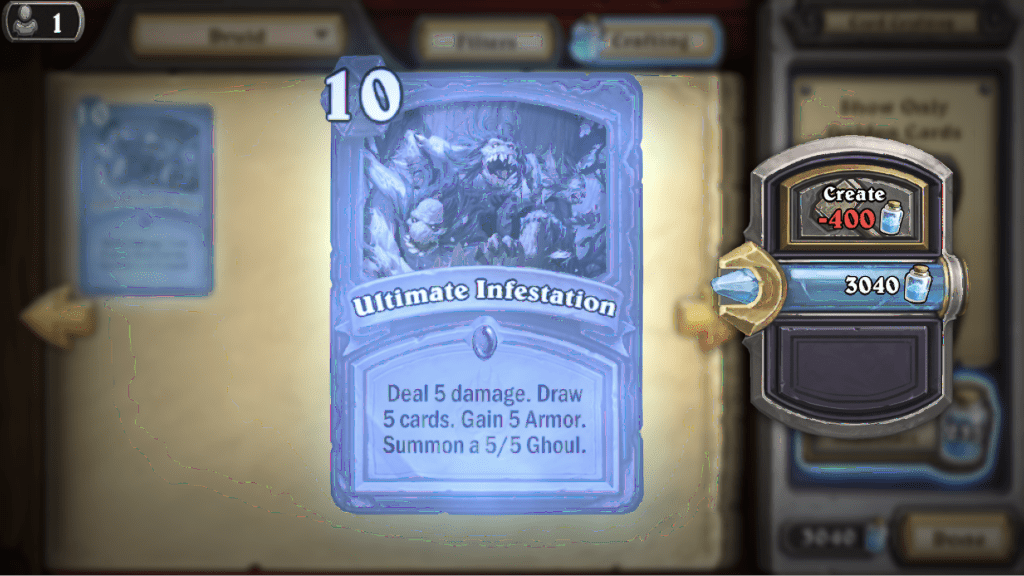
Hearthstone uses the simplest approach to useless cards, allowing the player to “spray” them to get back a portion of their value, which can be used to craft new cards.
2. EXCLUSIVITY
So, you have decided on the use of the item and explained to the players why you need to strive to get it. Now it’s time to determine its in-game value, and the most important thing here is to ensure the exclusivity of the item.
Evaluate which sources of the item are in the game and what are the channels for its sale. If a thing is easy to get and there is almost nowhere to spend, then its cost should be small. If the opposite is true, and it is difficult to get it, but it is useful in many places, then we are talking about a very valuable, exclusive thing.
It is necessary to avoid situations when some thing or resource just clutters up the inventory. That is why many games, such as Marvel: Strike Force, make the main resource as versatile as possible.

Almost every Marvel: Strike Force screen gives one or more opportunities to spend in-game currency, reducing the likelihood that the player will have too much of it and it will depreciate.
There are different ways to ensure the exclusivity of the subject. You can limit the time of its circulation, make an object or character a rarity. This artificially increases the demand for the item, regardless of its real use. Although in this case it is necessary to determine what this thing will still be valuable for the players so that they strive to get it.
It is also necessary to take into account how much effort the player puts in to gain access to the item. In the same Hearthstone, dust, the in-game currency, accumulates very slowly, and this ensures a high cost of legendary cards. Players highly appreciate such cards because they realize how much time it will take to accumulate enough dust to craft them.
3. RECOGNITION
The main advantage of licensed games is that things can have absolute value in them. We are talking about characters, locations and other elements that fans of a particular franchise know and love.
Take for example Daryl from The Walking Dead: No-Man’s Land and Darth Vader from Star Wars: Galaxy of Heroes. Both of them work great for audience retention, because they can be earned through regular gameplay (and Vader can’t be obtained in any other way at all).
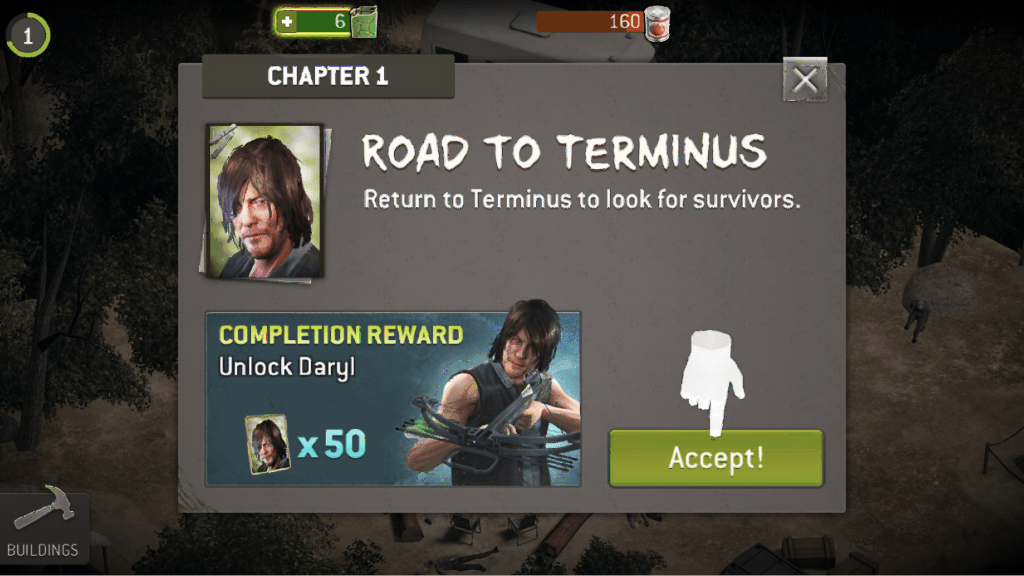
Daryl in Walking Dead: No Man’s Land is used specifically to retain a fan audience. If you’re a fan of The Walking Dead, you just have to get it…
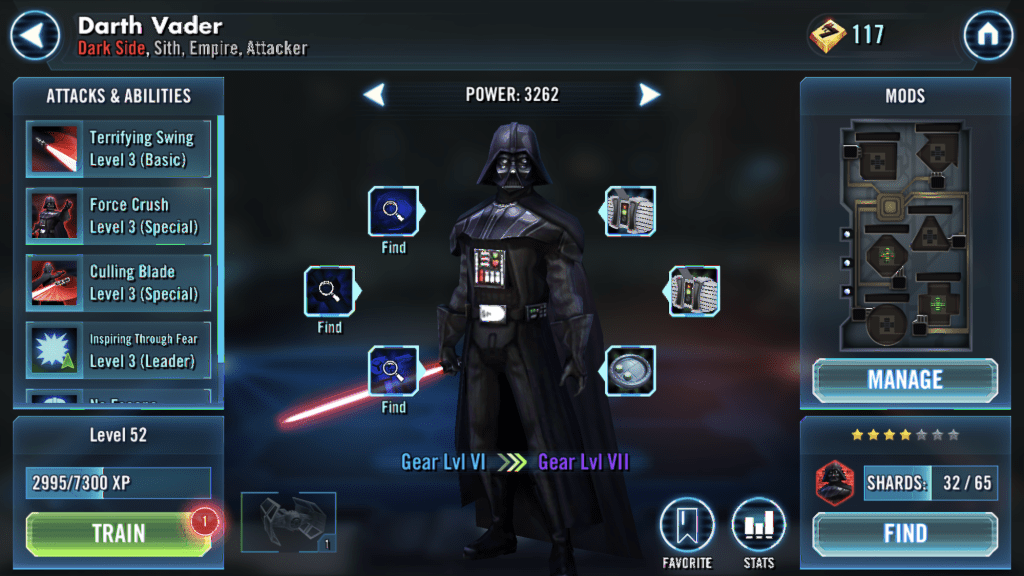
…and Galaxy of Heroes, in turn, uses the iconic Darth Vader as a reward for a long game. If you’re a fan of the original Star Wars trilogy… you know.
But even when it comes to games that were not made under license, the importance of the knowledge available to players should not be underestimated.
I participated in the development of the insect game Best Fiends Forever. At first we had the original game currency – “ticks”. But just before the launch of the game, we changed it to regular coins. And we saw how the testers began to instantly understand what kind of resource they received and why they needed to save it.

In another game, where it happened in a fantasy world, we abandoned the “plasma”, simply because the testers were wondering what was in front of them. And although diamonds had nothing to do with the world of the game, their use as currency immediately solved the problem.
Coins and other items that have value in the real world immediately attract players. Don’t miss the opportunity to use the audience’s knowledge to add value to things.
4. UNIQUENESS
In multiplayer and social games, the ability to stand out from the crowd is the main motivating factor for any purchase. Even when your contact with players is limited to 30 seconds of being together in the game lobby, as in Fortnite. Anyway, besides winning, the main goal of the players is to earn or buy unique and cool cosmetic items.
Although cosmetic rewards have no effect on gameplay, they undoubtedly affect how players feel in the game and how others see them. With a unique skin, we feel special, and with a basic one, like everyone else’s, it’s terrible.
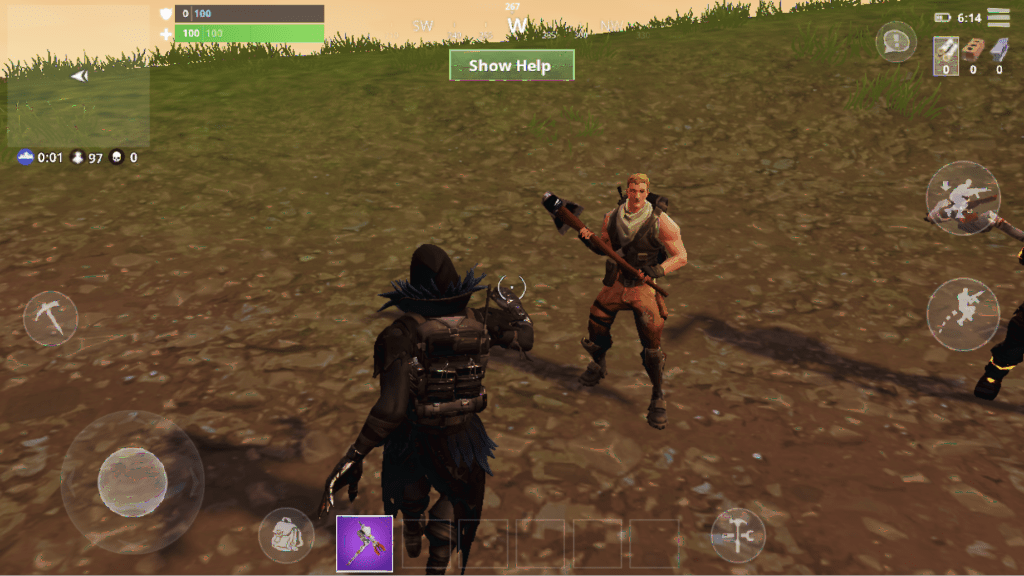
Let you pay attention to the skins of other players only for 30 seconds in the lobby and for a fraction of a second in the game itself. This is enough time to show off your unique Raven skin (the hero of the Paragon MOBA game), which could be purchased for a limited time.
Fornite has gone further than many games in terms of customization, forbidding players to change the appearance of a character until they open or buy one of the skins. The lack of choice and their own uniqueness pushes players to buy in-game currency and increases the value of cosmetic items.

Fortnite’s cosmetization-based economy differs in that players are not allowed to choose a character until they purchase some skin. Thus, they are deprived of both choice and their own style until they pay.
conclusions
When you build the economy of the game, be sure to describe what the player’s thought process will look like. Consider the above factors to determine the value of the items.
Benefit: Why is this or that item or resource important to the player and how can its value be clearly demonstrated?
Exclusivity: Is there a balance between how to get a resource and where it can be spent? Most of the time the player has too much of this resource or, conversely, not enough?
Recognizability: Are the items and resources made taking into account the players’ existing ideas about the world? Or have you lost sight of what will be familiar and understandable to the players in the pursuit of originality?
Uniqueness: Are players invited to receive unique items and will they have the opportunity to demonstrate this uniqueness?
By answering these questions, it will be easier for you to determine what players will want to purchase and what goals they will set for themselves in the game.
Also on the topic:
- Deconstruction: June’s Journey Gaming Session
- Deconstruction of Taptap Heroes: disassembling a hybrid of a clicker and a buttler
Source: Mobile Free to Play
